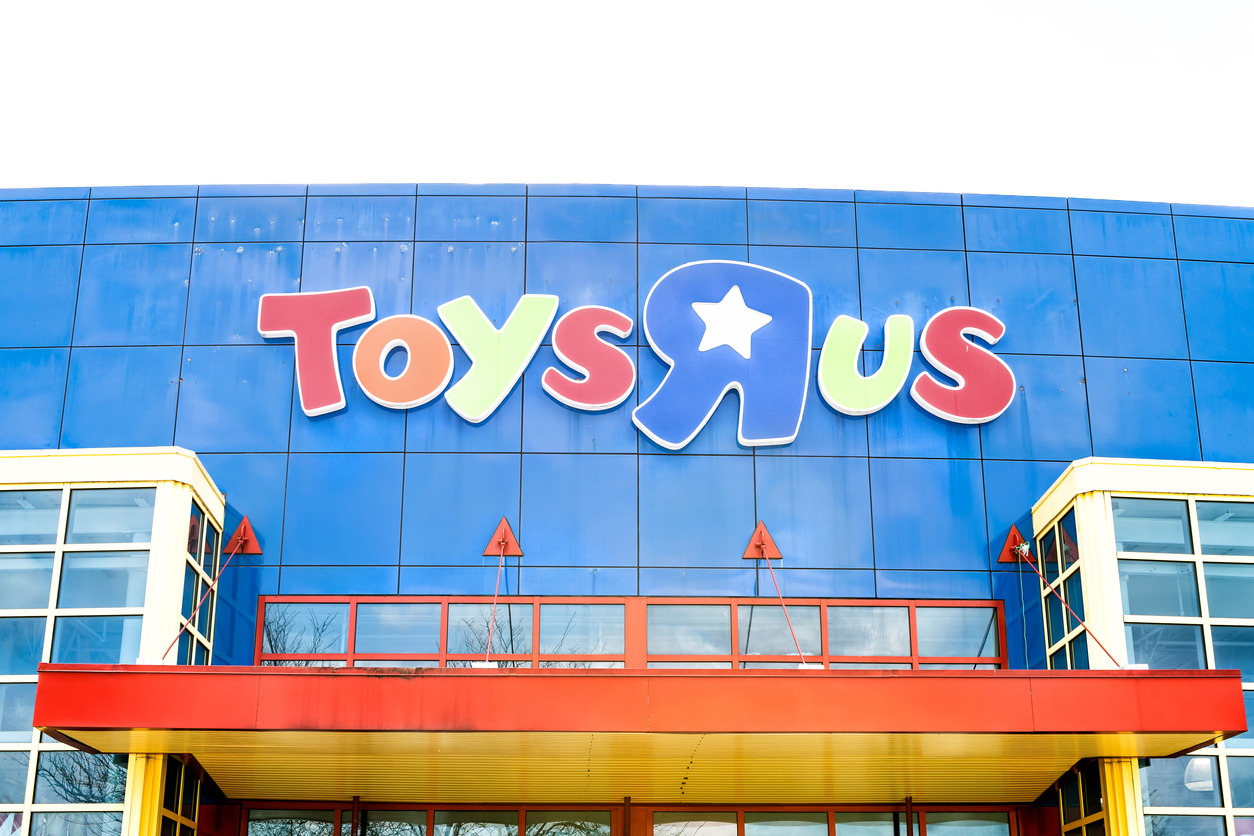
The rise of artificial intelligence in the media and entertainment industries has sparked widespread concern. Programs like OpenAI’s text-to-video creator Sora are feared to be potential replacements for human artistic endeavors. However, if AI-produced movies resemble the new brand film about the Toys ‘R’ Us toy store chain’s origin story, there may be little to worry about, aside from the viewing experience itself.
Toys ‘R’ Us’s current owner, WHP Global, collaborated with the Emmy-nominated creative agency Native Foreign to produce a short brand film titled “The Origin of Toys ‘R’ Us” using OpenAI’s Sora. This film premiered at the 2024 Cannes Lions International Festival of Creativity and is now available on the toy retailer’s website.
- Title: The Origin of Toys ‘R’ Us
- Duration: Slightly over a minute
- Producer: WHP Global
- Creative Agency: Native Foreign
- AI Technology: OpenAI’s Sora
- Premiere: 2024 Cannes Lions International Festival of Creativity
- Availability: Toys ‘R’ Us website
“The Origin of Toys ‘R’ Us” attempts to encapsulate the genesis of the iconic toy store through a mix of confusion and eeriness. The film portrays a young Charles Lazarus, the founder of the toy store chain, as he conceives the idea for his retail venture and its giraffe mascot, Geoffrey. However, the narrative unfolds in a bizarre, cosmic fever dream-like sequence. It resembles a surreal blend of the hollow behavior exhibited by the AI character M3GAN, dressed as Opie Taylor from “The Andy Griffith Show,” navigating through the remnants of a toy store situated at the edge of the universe.
In the film, young Charles is depicted as a starry-eyed child visiting a bicycle shop owned by his father, who bears a resemblance to a cross between Billy Eichner and John Denver. Little Charles falls asleep and dreams of a peculiar Dr. Seuss-like planetarium, where generic toys float and rest on shelves. It is in this fantastical setting that he encounters Geoffrey the giraffe, whose appearance suggests it was generated by a different AI model altogether.
- Cosmic Fever Dream: The film is set in a surreal, cosmic environment.
- Young Charles: The protagonist is a young Charles Lazarus.
- Father’s Bicycle Shop: Charles’s dream begins in his father’s shop.
- Dr. Seuss Planetarium: A fantastical world filled with floating toys.
- Meeting Geoffrey: Charles meets the iconic mascot, Geoffrey.
Interestingly, the film omits the more tumultuous aspects of Lazarus’s journey, such as waking up in an emergency room after a wild mushroom-induced hallucination, which supposedly inspired his retail vision.
Sora is a generative AI model designed by OpenAI, capable of creating “realistic and imaginative scenes from text instructions,” according to the OpenAI website. Launched in February, Sora can generate videos up to a minute long from simple text prompts. Despite its current exclusivity, the potential applications of Sora in media production are vast.
| Feature | Description |
|---|---|
| Video Generation | Creates videos up to a minute long |
| Text-to-Video | Generates videos from text prompts |
| Realistic and Imaginative | Produces both realistic and imaginative scenes |
| Current Availability | Not publicly available |
| Premiere Date | February 2024 |
Sora’s Impact:
- Realistic Scenes: Sora can create highly realistic video content.
- Imaginative Creations: The AI can also generate imaginative and surreal scenes.
- Efficiency: Streamlines the video production process from text inputs.
- Accessibility: Currently limited, but potential for wide applications.
Despite the optimistic tone of “The Origin of Toys ‘R’ Us,” the current state of the toy store chain is far from rosy. Toys ‘R’ Us filed for bankruptcy in 2018, resulting in the closure of all its stores. WHP Global acquired the brand’s parent company, Tru Kids Inc., in 2021. By 2023, WHP Global announced plans to revive the toy store brand with new locations in airports and cruise ships, starting with a site in Dallas-Fort Worth International Airport and within Macy’s department stores.
Timeline of Toys ‘R’ Us:
- 2018: Filed for bankruptcy, closing all stores.
- 2021: WHP Global acquired Tru Kids Inc.
- 2023: Announced new store locations in airports and Macy’s.
New Initiatives by WHP Global:
- Airport Locations: Opening stores in major airports.
- Cruise Ships: Expanding presence on cruise ships.
- Partnership with Macy’s: New locations within Macy’s stores.
The Broader Implications
The collaboration between WHP Global and Native Foreign to produce a brand film using OpenAI’s Sora is a notable instance of AI’s growing influence in creative industries. While the peculiar nature of “The Origin of Toys ‘R’ Us” highlights the current limitations and quirks of AI-generated content, it also underscores the potential for AI to augment human creativity.
As AI continues to advance, it is crucial to consider the ethical implications and ensure that these technologies complement rather than replace human artistry. Programs like Sora could revolutionize content creation, making it more accessible and efficient, but they also pose a risk of diluting the human touch that makes art meaningful.
- Ethical Implications: Balancing AI use with human creativity.
- Complementary Role: Ensuring AI augments rather than replaces human effort.
- Content Quality: Maintaining the artistic integrity of media productions.
“The Origin of Toys ‘R’ Us” serves as an intriguing case study in the application of AI in media. While the film’s surreal and eerie qualities might not resonate with everyone, it represents a significant step in exploring the capabilities of AI in creative industries. As WHP Global and other companies continue to experiment with AI technologies like Sora, it will be essential to navigate the balance between innovation and artistic authenticity.
The future of AI in media and entertainment holds both promise and challenges. As we move forward, it will be critical to embrace these advancements thoughtfully, ensuring that technology enhances rather than overshadows the human spirit of creativity.
Related News:
Featured Image courtesy of RetailWire
